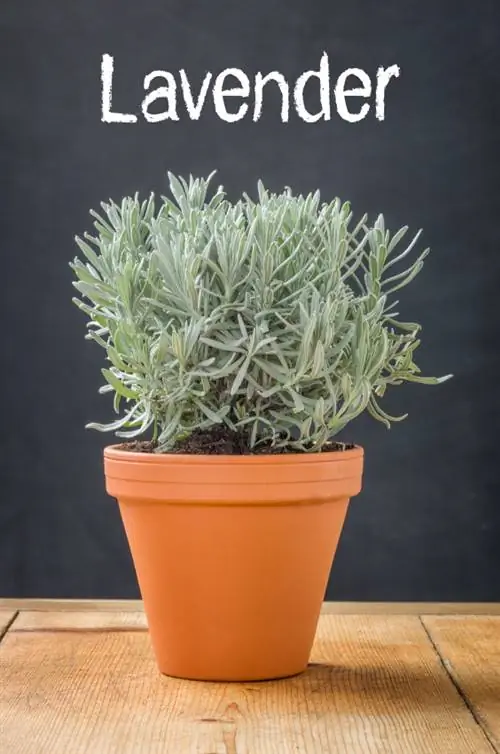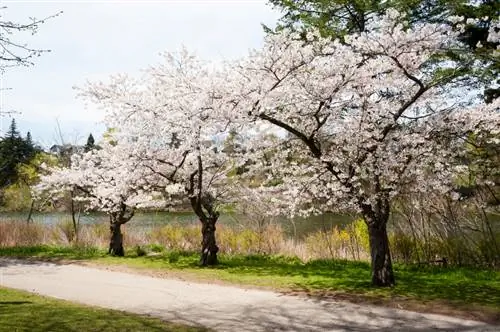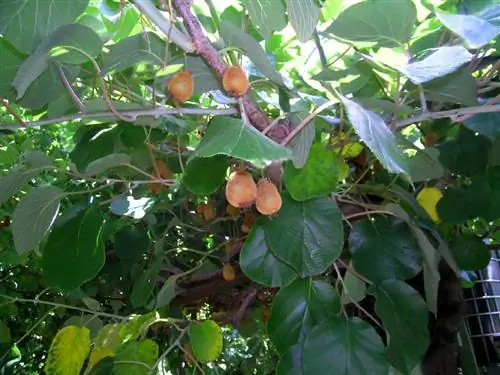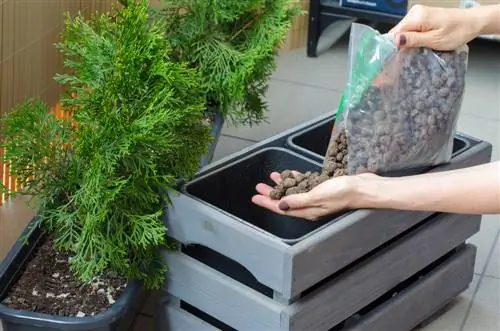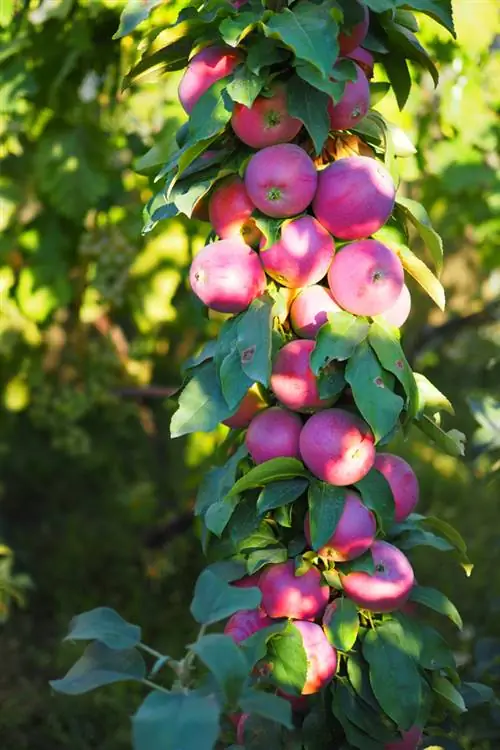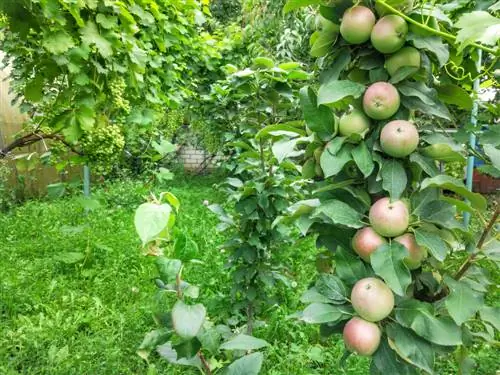- Author admin [email protected].
- Public 2023-12-16 16:46.
- Last modified 2025-01-23 11:20.
Not everyone has a large garden where they can do gardening. But you can also create a beautiful potted garden in the middle of the city or on the fifth floor of an apartment building - all you need is a balcony. The undemanding lavender also feels very comfortable in the pot, provided it is spacious enough.

How do I properly care for lavender in a pot?
Lavender in a pot grows best if the pot is deep and wide, has a drainage hole and is made of clay or ceramic. Make sure the soil is sandy, nutrient-poor and avoid waterlogging. Low-growing lavender species are suitable for container-suitable varieties, or spit lavender for larger containers.
Potting lavender
Once you have purchased young lavender plants, it is best to transplant them as quickly as possible. The roots require a lot of space because they branch widely and, above all, grow deeply. Therefore, choose a pot that is not only wide but also as deep as possible. The plant pot should have a drainage hole at the bottom through which excess irrigation water can flow out. In addition, if possible, choose a pot made of clay (€10.00 on Amazon) or ceramic, as the water can evaporate from this material - it remains “locked up” in a plastic pot, so there is a risk of waterlogging forming. At the very bottom of the pot goes a layer of pottery shards, gravel, pebbles or expanded clay, and then a substrate suitable for lavender on top. This should be as sandy as possible and contain few nutrients. Plant the lavender in there and then water it well, but later it will need less water.
Suitable varieties for keeping in containers
The different types of lavender can reach very different heights. Which type you choose depends primarily on the space available. The low-growing lavender varieties are particularly suitable for balcony planting, but if you have a correspondingly large pot, the spit lavender, which can be up to one meter high, will also feel at home.
Care for potted lavender
In terms of care, potted lavender is a little more demanding than planted and more or less self-sufficient garden lavender. Above all, you have to make sure that waterlogging does not form - this is fatal for lavender - but also that the plant is not too dry, especially on hot days. Water regularly, but carefully - if your lavender turns brown, you have definitely done something wrong and need to investigate the cause. The plants should also be trimmed once or twice a year and repotted at least once a year.
Overwintering lavender in a pot
How you overwinter your potted lavender depends primarily on the variety and secondly on the weather conditions on your balcony. The only hardy lavender is Lavandula angustifolia, the true lavender, which is available in many different varieties and flower colors. All other varieties are maximally winter-hardy, but should not be overwintered outdoors. We recommend a cool but frost-free winter at around 10 to 12 °C - for example in a poorly heated bedroom or in a bright stairwell.
Tips & Tricks
Although it can be described as a fairly easy-care potted plant, the Mediterranean resident is not suitable for keeping purely indoors. At least in winter, lavender wants to hibernate cool and bright - it doesn't like a heated living room at all in the cold season.

